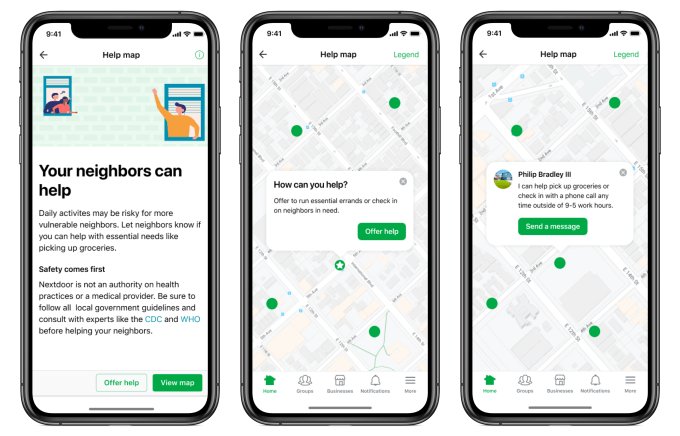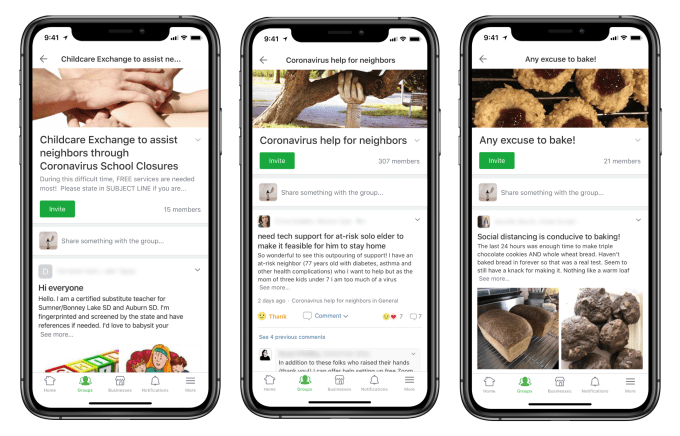The wild ride that has been U.S. stock market over the past couple of weeks may be settling down — at least for the moment — from the whiplash-like swings that helped set global markets on edge.
The new economic normal that the pandemic has brought to countries across the world seems to be settling on weary investors as the extent of COVID-19 becomes more clear and as proper testing begins to roll out along with massive trillion dollar aid packages.
Wall Street responded to reports of possible breakthroughs on the medical front, with vaccinations and other potential therapies touted by President Donald Trump causing some healthcare stocks to soar. But on the whole, the day was about digesting and coming to terms with where the world stands.
That was reflected in the major indices which couldn’t make up their minds for much of the day, but wound up up, in a nice surprise.
Here’s the tale from the tape at market close:
- Dow Jones Industrial Average: +188.48, +0.95%
- S&P 500: +11.29, +0.47%
- Nasdaq Composite: +160.73, +2.30%
While tech led other sectors on the day, SaaS and cloud companies — a subset of tech itself — shone during regular trading. The Bessemer-Nasdaq cloud index rose 6.4%, a good result even if the tracker is still sharply off its recent highs.
Some automakers, nearly all of which have announced temporary shut downs, saw shares rise or at least remain steady. Honda, GM, Ford, Fiat Chrysler Automobiles and Volkswagen have all said factories in North America will close. The closures were prompted by slowing demand due to the spread of COVID-19 as well as pressure from United Auto Workers to protect workers. GM and FCA have each reported a COVID-19 case among its workforce.
Ford saw shares fall 0.76% to close at $4.46 after the company said it would drawn down two credit lines to put an additional $15.4 billion of cash on its balance sheet and consider suspending its dividend.
GM saw shares rise 3% to $17.71 and FCA shares fall 6.37% to $6.47.
Meanwhile, Tesla shares took the biggest jump rising 18.39% to $427.64. Tesla is one of the only hold outs in the recent move to shutter plants. The company’s factory in Fremont, Calif., which is not unionized, remains open despite a shelter in-place order in Alameda County.



